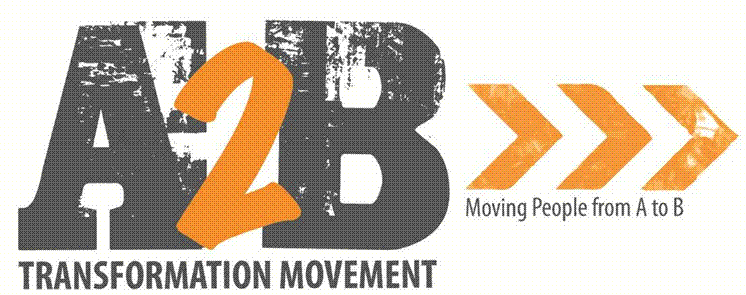Book Review: From Dependence to Dignity – The A2B of
Community Development
This is the practical occupational science book that OT's
have been waiting for; shedding light on the root causes and answers for the
hard questions about clients' poor volition, slow progress, abdicating of
responsibility, poor compliance to treatment and regression the moment they are
discharged from treatment. It is an easy to use guide and tool that is
essential for OT practice. The principles in this book are particularly effective
in development work with disempowered individuals and communities, but can also
be applied to any therapeutic situation where clients are taught new skills.
For OT's working under tremendous time restraints, with
limited resources, oversubscribed patient loads and disempowered individuals
needing maximum assistance, it is so easy to get on with the fastest &
easiest treatment regime and forgetting about the golden therapeutic tool that
makes OT's, OT's. This book sheds new light on the tremendous therapeutic
potential of activities and reiterates the fundamental competitive advantage of
Occupational Therapists - the unique skill of understanding occupations and
understanding the person in relation to the task. This book promises to
reignite every OT's passion for using tasks for maximum holistic impact and
steering away from becoming a mere counsellor or physiotherapist.
In Part 1: Understanding Empowerment and Its Threats, the
authors take a systematic look at 5 elements that lead to dependence, disempowerment
and poverty. They describe these elements by using the "fly in the
ointment" analogy where the "flies" contaminate the
"ointment". The "flies" are politics, poverty perpetuating
cultural traditions, poor parenting, perpetuating practitioners and poverty.
The pots of "ointment" which the flies are contaminating are
volitional development, education & skills development, and optimum
conscience development. This part is essential in understanding the root causes
of the problematic behaviours we have to deal with in our clients, such as
passivity, dependence and reactive behaviour. In understanding these root
causes, it will give every OT the hope and the competitive advantage to tackle
these issues head-on and also to expend time and resources more effectively.
The authors use the invention and components of the light
bulb to explain the concept of sustainable change in Part 2: A2B History and
Philosophy. It touches on different models that have influenced the development
of the A2B model, amongst which a strong influence is the Vona du Toit Model of
Creative Ability. It further describes the fundamental social entrepreneurial
principles that the A2B model is built on.
In Part 3: Transformative Elements for Sustainable Change,
the authors describe the attributes of a Transformative Provocateur (or Social
Entrepreneur), who is the type of therapist who effects sustainable change in
their clients. The authors further elaborate on practices that perpetuate
dependency and lead to disempowerment. The good-natured personalities of many
OT's prevents them from embracing a tough-love approach and results in many
unconsciously perpetuating the very problem they are trying to cure. It is
crucial for every OT to examine him/herself and spot and rectify potential perpetuating
behaviour. In this part of the book, the authors also discuss how the Pareto
Principle can be applied in combination with the A2B model to manage large
caseloads and impact the greatest number of clients in the midst of limited
time and resources, which is an essential skill that every OT with an
oversubscribed case load needs.
Part 4 provides a detailed description of the six A2B
Occupational Intelligence-levels and the assessment tools to determine a
client's Occupational Intelligence-level. Each level comes with a detailed
explanation of the characteristics of clients’ emotional and cognitive
functioning on that level. The authors also provide tools for analysing and
adapting tasks to fit to each Occupational Intelligence-level. Detailed steps are
given to describe the task and client assessment process and the use of a good
task-man fit in order to develop poor, disempowered people from being A-level
dependant, passive consumers of welfare, aid and hand-outs to being B-level
socio-economically active, independent entrepreneurs who are capable of
supporting themselves, their families and their communities. In this part the
authors takes the sting out of activity analysis and presents the golden thread
of OT practice in a fresh light and easy-to-use format.
The A2B eco-system of change is dealt with in Part 5. This
explains the creation and management of a milieu supporting and driving
sustainable change. In this part the authors give detailed practical examples
of tools and techniques used to maximize the therapeutic potential of the A2B
Eco-system of Change. Boundaries and discipline strategies are also discussed.
Examples of essential programme structuring are also provided.
Part 6 challenges OT's to form power-partnerships with the
civil-, public- and corporate sectors to work together to overcome
socio-economic problems that are simply too large for OT's to effectively deal
with on their own. In fact, the only solution that the authors propose, that
will help the majority of South Africans to change from dependency to dignity,
is if all sectors apply the A2B methodology within their own eco-systems and
join hands across sectorial borders to the benefit of all involved. This alone
will advance South Africa into an equipped, equally empowered, entrepreneurial
driven nation.


